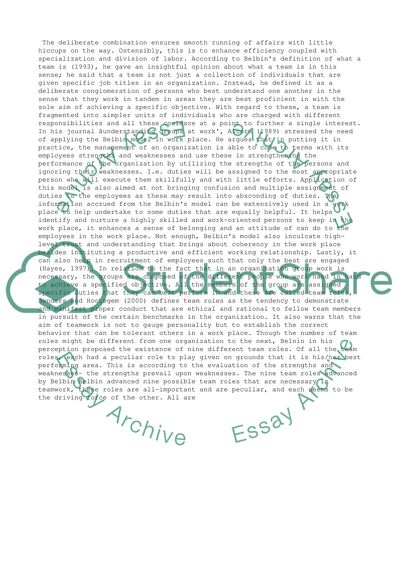Cite this document
(“Belbin's Team Roles Inventory Essay Example | Topics and Well Written Essays - 1500 words”, n.d.)
Belbin's Team Roles Inventory Essay Example | Topics and Well Written Essays - 1500 words. Retrieved from https://studentshare.org/management/1445265-choose-one-of-three-questions-to-compelete-an
Belbin's Team Roles Inventory Essay Example | Topics and Well Written Essays - 1500 words. Retrieved from https://studentshare.org/management/1445265-choose-one-of-three-questions-to-compelete-an
(Belbin'S Team Roles Inventory Essay Example | Topics and Well Written Essays - 1500 Words)
Belbin'S Team Roles Inventory Essay Example | Topics and Well Written Essays - 1500 Words. https://studentshare.org/management/1445265-choose-one-of-three-questions-to-compelete-an.
Belbin'S Team Roles Inventory Essay Example | Topics and Well Written Essays - 1500 Words. https://studentshare.org/management/1445265-choose-one-of-three-questions-to-compelete-an.
“Belbin'S Team Roles Inventory Essay Example | Topics and Well Written Essays - 1500 Words”, n.d. https://studentshare.org/management/1445265-choose-one-of-three-questions-to-compelete-an.


